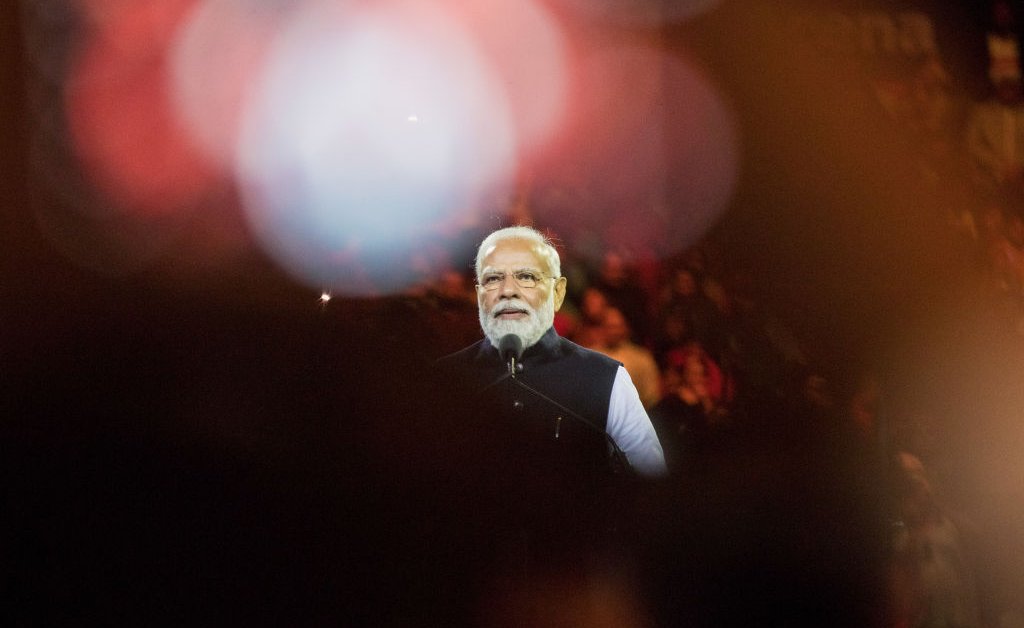How India’s Economy Has Really Fared Under Modi
Modi's India Is No Economic Miracle TIME


The IMF’s Growth Forecast for India Sparks Controversy

The International Monetary Fund issued a most unusual rebuttal this month. Its spokeswoman Julie Kozack told reporters in Washington that executive director Krishnamurthy Subramanian’s growth forecast of 8% for India did not represent the views of the IMF, which still maintained a projection of 6.5% for the country.
Subramanian’s views—expressed at an event in New Delhi a few days earlier—were in his role as India’s representative at the IMF, she said. The “executive director” is actually one of the 24 such directors elected by member countries to the IMF’s “executive board,” which, confusingly enough, is “distinct from the work of the IMF staff.” Just how distinct became clear when Subramanian trashed IMF staff on X in response, saying the institution’s GDP forecasts for India are “consistently INACCURATE.”
The Importance of Sustainable Development Goals (SDGs)
As a former chief economic adviser to Indian Prime Minister Narendra Modi and delegated to the IMF by the Modi government, Subramanian has good reason to take umbrage at the slightest suggestion that India’s economy may not be as robust as thought. The narrative of India as the new economic miracle is foundational to both the personality cult of Modi and the legitimacy of his government at home and abroad.
Modi rode to power in 2014 on the promise of mending a faltering economy. As chief minister of the western state of Gujarat, he had built up a formidable reputation as an efficient business-friendly administrator, which he successfully leveraged in his bid for the nation’s top job. “Achhe din,” or “good times,” was his promise.
Looking at the economic news coming out of India these days, it would seem he has delivered. As the fastest growing major economy, India is considered “the shining star of the global economy,” as the S&P Global Ratings chief economist calls it. It has already surpassed the U.K. to become the world’s fifth largest economy and is expected to overtake Japan and Germany to become the third-largest in five years. The Indian stock market, now the world’s fourth largest, is at an all-time high.
The Reality Behind the Headlines
As India goes to polls, data points like these help megaphone Modi’s narrative of the country’s makeover into an economic powerhouse on his watch. At home, they amplify his image as a steady hand on the tiller taking India to ever greater heights. Abroad, they help mute criticism of his Hindu supremacist dispensation’s systematic attacks on India’s secular democracy and its Muslim and Christian minorities.
To be sure, the Indian economy’s size today and the scope of development makes it one of the most interesting growth stories. And, Big Business has much to be thankful for Modi’s reign. There’s less red tape and more administrative focus and push for industry. The government’s policy of incentivizing businesses with subsidies and tax breaks, and helping major homegrown firms to become “national champions” works well for them.
Yet the perception of India’s supposed economic miracle is also a product of a tightly controlled information ecosystem in which data is managed in keeping with the government’s narrative, ably assisted by a regime-friendly media. The simplest statistical fact is that Modi’s second term has actually seen the lowest period of GDP growth since India liberalized its markets in the early 1990s. Per capita income over the past 10 years grew time.com

Join us, as fellow seekers of change, on a transformative journey at https://sdgtalks.ai/welcome, where you can become a member and actively contribute to shaping a brighter future.







